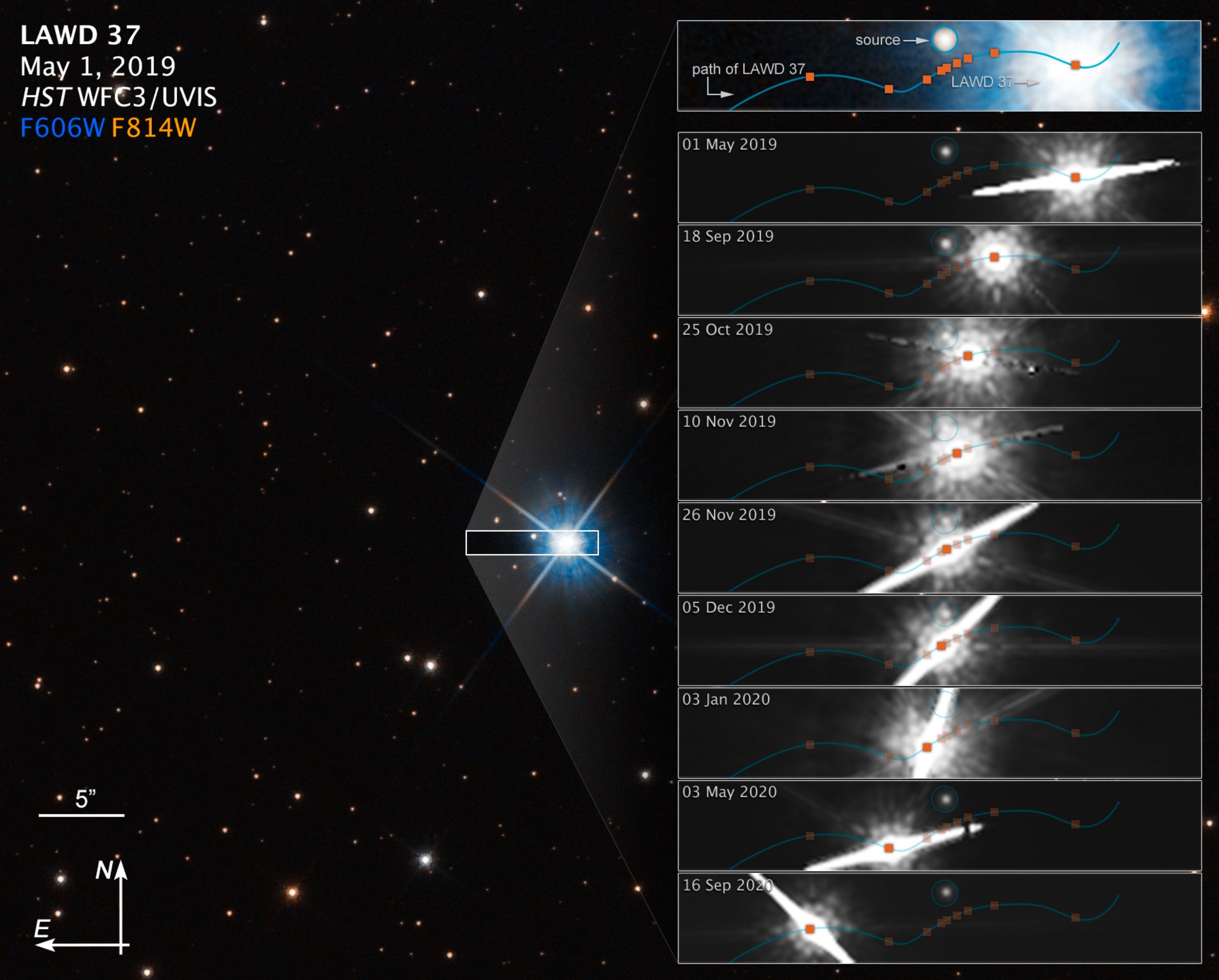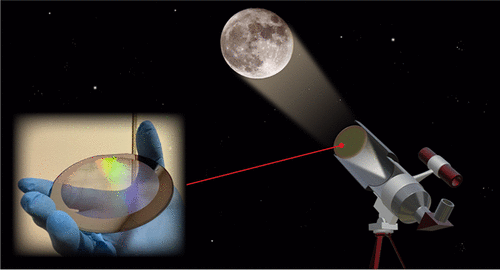2023-02-02 ケンブリッジ大学
LAWD37は、太陽系外の孤立した星の初めての観測であり、白色矮星の質量が直接的に測定された初めての例でもある。
この発見は、『月刊天文学会』に報告された。白色矮星の質量は星の進化において最も重要な要因の一つであるため、LAWD37の質量測定は、白色矮星の進化に関する理論を裏付ける。
<関連情報>
- https://www.cam.ac.uk/stories/light-bending-around-star
- https://academic.oup.com/mnras/article/520/1/259/6880174
天体マイクロレンズによる単一の白色矮星を用いた、白色矮星の質量-半径関係の最初の半経験的検証 First semi-empirical test of the white dwarf mass–radius relationship using a single white dwarf via astrometric microlensing
Peter McGill, Jay Anderson, Stefano Casertano, Kailash C Sahu, Pierre Bergeron, Simon Blouin, Patrick Dufour, Leigh C Smith, N Wyn Evans, Vasily Belokurov,Richard L Smart, Andrea Bellini, Annalisa Calamida, Martin Dominik, Noé Kains, Jonas Klüter, Martin Bo Nielsen, Joachim Wambsganss
Monthly Notices of the Royal Astronomical Society Published::06 December 2022
DOI:https://doi.org/10.1093/mnras/stac3532

ABSTRACT
In November 2019, the nearby single, isolated DQ-type white dwarf LAWD 37 (WD 1142-645) aligned closely with a distant background source and caused an astrometric microlensing event. Leveraging astrometry from Gaia and followup data from the Hubble Space Telescope, we measure the astrometric deflection of the background source and obtain a gravitational mass for LAWD 37. The main challenge of this analysis is in extracting the lensing signal of the faint background source whilst it is buried in the wings of LAWD 37’s point spread function. Removal of LAWD 37’s point spread function induces a significant amount of correlated noise which we find can mimic the astrometric lensing signal. We find a deflection model, including correlated noise caused by the removal of LAWD 37’s point spread function best explains the data and yields a mass for LAWD 37 of 0.56±0.08M⊙. This mass is in agreement with the theoretical mass–radius relationship and cooling tracks expected for CO core white dwarfs. Furthermore, the mass is consistent with no or trace amounts of hydrogen that is expected for objects with helium-rich atmospheres like LAWD 37. We conclude that further astrometric followup data on the source is likely to improve the inference on LAWD 37’s mass at the ≈3 per cent level and definitively rule out purely correlated noise explanations of the data. This work provides the first semi-empirical test of the white dwarf mass–radius relationship using a single, isolated white dwarf and supports current model atmospheres of DQ white dwarfs and white dwarf evolutionary theory.



